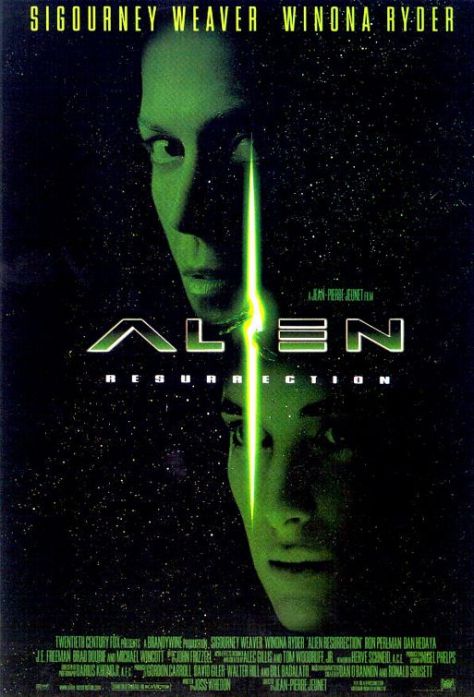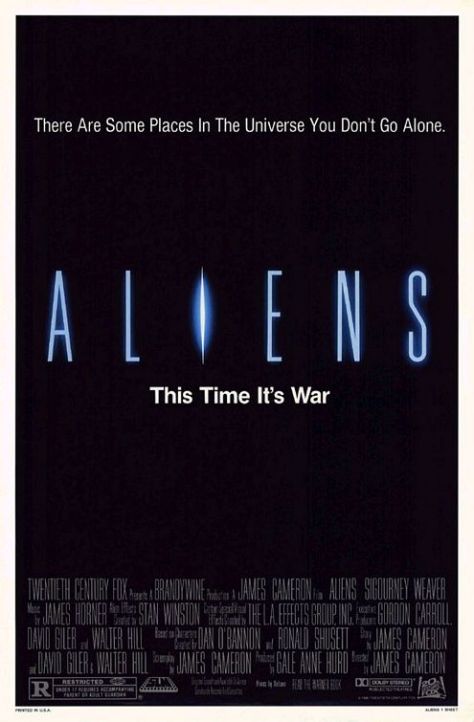“Jeunet’s film thus finds a way of grafting two apparently opposed
or contradictory modes of reproduction onto one another. Cloning
suggests replication, qualitative indistinguishability, whereas
hybridity suggests the cultivation of difference, a new creation. In
Alien Resurrection, cloning engenders hybridity; even genetic replication
cannot suppress nature’s capacity for self-transformation and selfovercoming,
its evolutionary impulse. This film does not, then,
overcome Alien3’s attempted closure of the Alien series by resurrecting
either Ripley or her alien other – as if continuing (by contesting) David Fincher’s theological understanding of the alien universe;
for (as Thomas’ sceptical probing of Jesus’ resurrected body implies)
the religious idea of resurrection incorporates precisely the bodily
continuity that cloning cannot provide. The title of Jeunet’s film
thus refers not to a resurrection of the alien species, or of that
species’ most intimate enemy; it rather characterizes its hybrid of
cloning and hybridity as an alien kind or species of resurrection –
as something uncannily other to any familiar religious idea of
death’s overcoming.”
Stephen Mulhall, On Film


